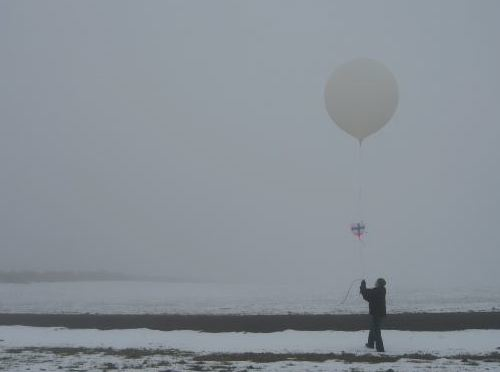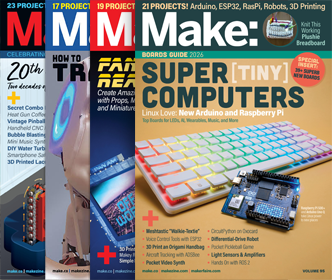wikiHow
![]() wikiHow is a collaborative writing project to build the world’s largest how-to manual. With your contributions, we can create a free resource that helps people by offering clear, concise solutions to the problems of everyday life. There are a ton of articles, here’s a good one on making your own Lineman’s phone. Link.
wikiHow is a collaborative writing project to build the world’s largest how-to manual. With your contributions, we can create a free resource that helps people by offering clear, concise solutions to the problems of everyday life. There are a ton of articles, here’s a good one on making your own Lineman’s phone. Link.



 Here are some great concept models and Mecha robots made from LEGOs. Complete with detailed descriptions too- Armament: Beam rifle x2 (~2 megawatt charge, stored in shoulder charging racks/weapons binders), clay bazooka (fed from 5-round clips, hand-carried). Even lighter armored than the L-Siren, V-Sirens are built for speed and agility above all else. Typically not armed with melee weapons, a V-Siren is most frequently seen slinging either its integral beam guns or a “clay bazooka”, a shotgun-like multi-payload launcher. [
Here are some great concept models and Mecha robots made from LEGOs. Complete with detailed descriptions too- Armament: Beam rifle x2 (~2 megawatt charge, stored in shoulder charging racks/weapons binders), clay bazooka (fed from 5-round clips, hand-carried). Even lighter armored than the L-Siren, V-Sirens are built for speed and agility above all else. Typically not armed with melee weapons, a V-Siren is most frequently seen slinging either its integral beam guns or a “clay bazooka”, a shotgun-like multi-payload launcher. [


 The project is aimed in part at demonstrating that NASA’s new balloon vehicle can carry sophisticated instruments in near-space fairly cheaply. Balloon-borne telescopes can be launched at roughly 1 per cent of the cost of deploying a satellite by conventional rocket launches. The balloon has a volume of about 1.2-million cubic metres and is as high as a 33-storey building. [
The project is aimed in part at demonstrating that NASA’s new balloon vehicle can carry sophisticated instruments in near-space fairly cheaply. Balloon-borne telescopes can be launched at roughly 1 per cent of the cost of deploying a satellite by conventional rocket launches. The balloon has a volume of about 1.2-million cubic metres and is as high as a 33-storey building. [
 The function of a brake booster is to prevent the brake bosses from moving apart under heavy braking. A good brake booster considerably improves the feel and the strength of the brakes – the force of your finger is converted to braking instead of flex of your fork or frame. It is especially important if you have flexible frame/fork/brake bosses. Therefore, the main characteristic of a booster is its stiffness. Not strength, but stiffness. Or actually stiffness-to-weight, because you wouldn’t like to carry half kilo of steel on your bike.
The function of a brake booster is to prevent the brake bosses from moving apart under heavy braking. A good brake booster considerably improves the feel and the strength of the brakes – the force of your finger is converted to braking instead of flex of your fork or frame. It is especially important if you have flexible frame/fork/brake bosses. Therefore, the main characteristic of a booster is its stiffness. Not strength, but stiffness. Or actually stiffness-to-weight, because you wouldn’t like to carry half kilo of steel on your bike. 
 It’s like robots, made out of clay. Tiny robots that can turn into any shape – from a replica human to a banana to a mobile phone – are being developed by scientists in the United States. The new science of claytronics, which will use nanotechnology to create tiny robots called catoms, should enable three-dimensional copies of people to be “faxed” around the world for virtual meetings.
It’s like robots, made out of clay. Tiny robots that can turn into any shape – from a replica human to a banana to a mobile phone – are being developed by scientists in the United States. The new science of claytronics, which will use nanotechnology to create tiny robots called catoms, should enable three-dimensional copies of people to be “faxed” around the world for virtual meetings. 

